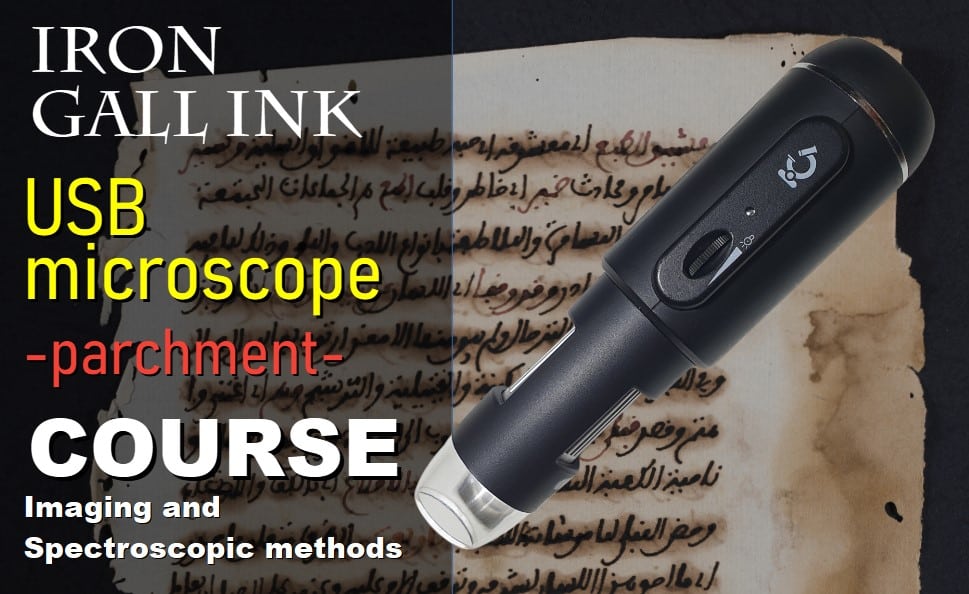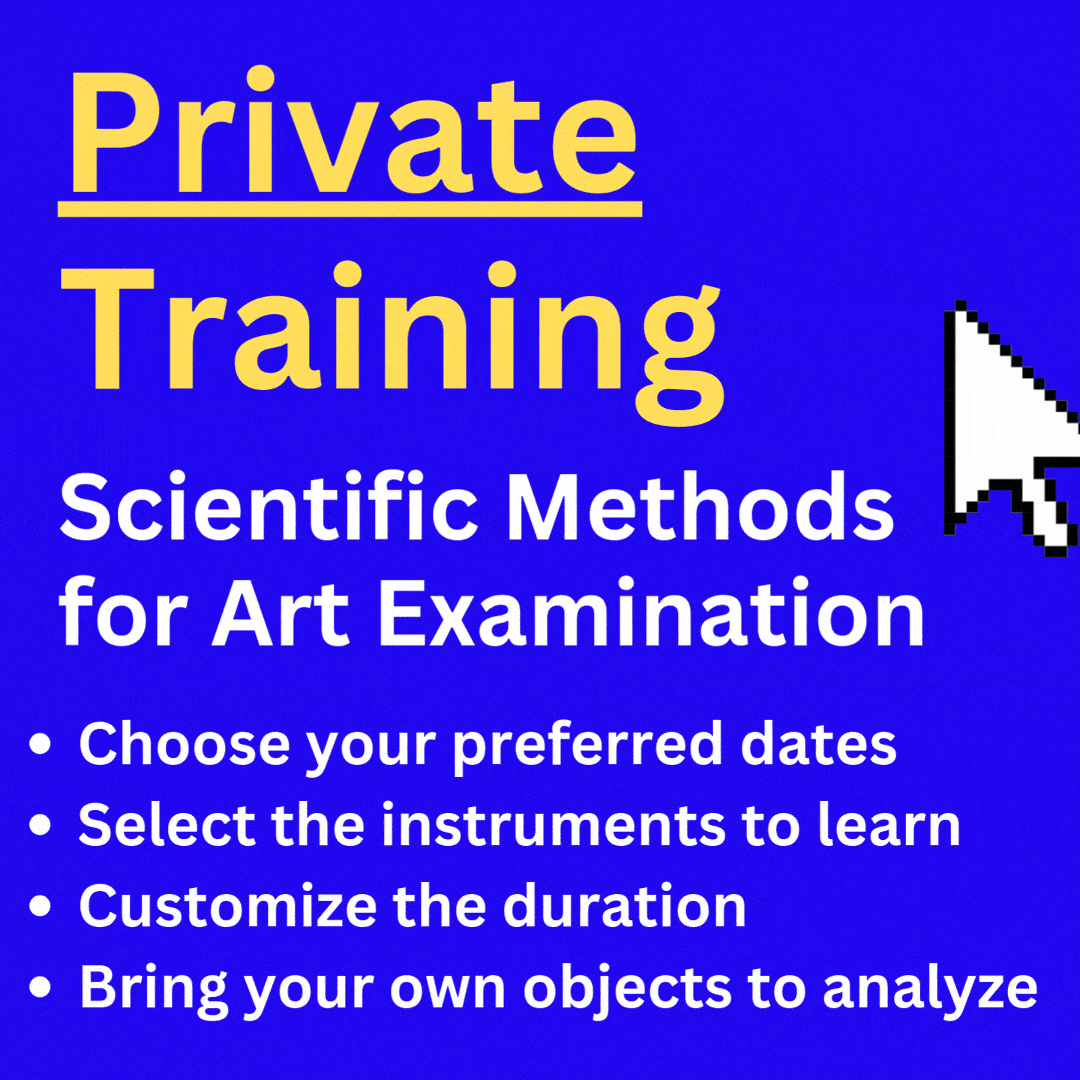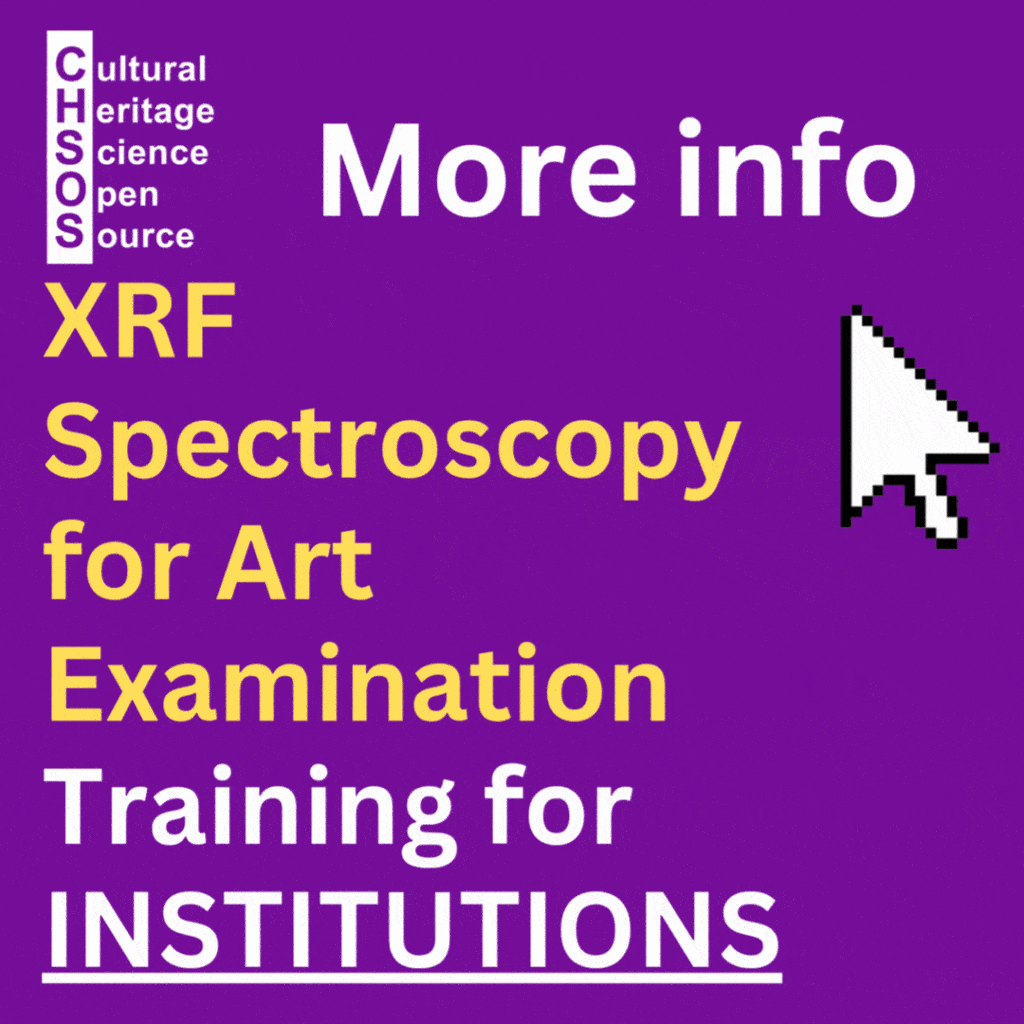
Lesson: USB microscope
This lesson introduces a practical method of using raking light combined with a basic USB microscope to enhance the examination of parchment textures. By focusing on the differences between the flesh side and hair side of parchment, students will learn a simple, affordable, yet highly effective technique for gaining insights into the material properties of historical documents or artwork. This method provides an accessible way to improve image quality for anyone working with ancient manuscripts or studying parchment preparation.
Objectives
- Understand the difference between the flesh side and hair side of parchment.
- Learn how to set up a raking light to enhance texture visibility.
- Utilize a USB microscope to capture detailed images of parchment surfaces.
- Distinguish between the two sides of parchment based on visible texture and color differences.
Materials
- USB microscope (affordable model)
- External light source (e.g., LED flashlight or desk lamp)
- Parchment samples (exposing both flesh and hair sides)
Lesson Plan
1. Introduction to Parchment
-
- Brief overview of parchment preparation and historical significance.
- Discuss the differences between the flesh side and hair side of parchment.
2. Theory of Raking Light and Microscopy
-
- Explanation of how raking light works to reveal surface textures.
- Demonstrate the setup of raking light using a USB microscope.
3. Practical Demonstration: Setting Up Raking Light with a USB Microscope
-
- Show students how to position the external light source to create raking light.
- Walk through adjusting the microscope to capture high-quality images of parchment textures.
4. Hands-On Activity: Examining Parchment Samples
-
- Students will examine samples of parchment under the USB microscope.
- They will use raking light to distinguish between the flesh and hair sides based on texture and appearance.
- Capture and discuss images in groups, highlighting key texture differences.










